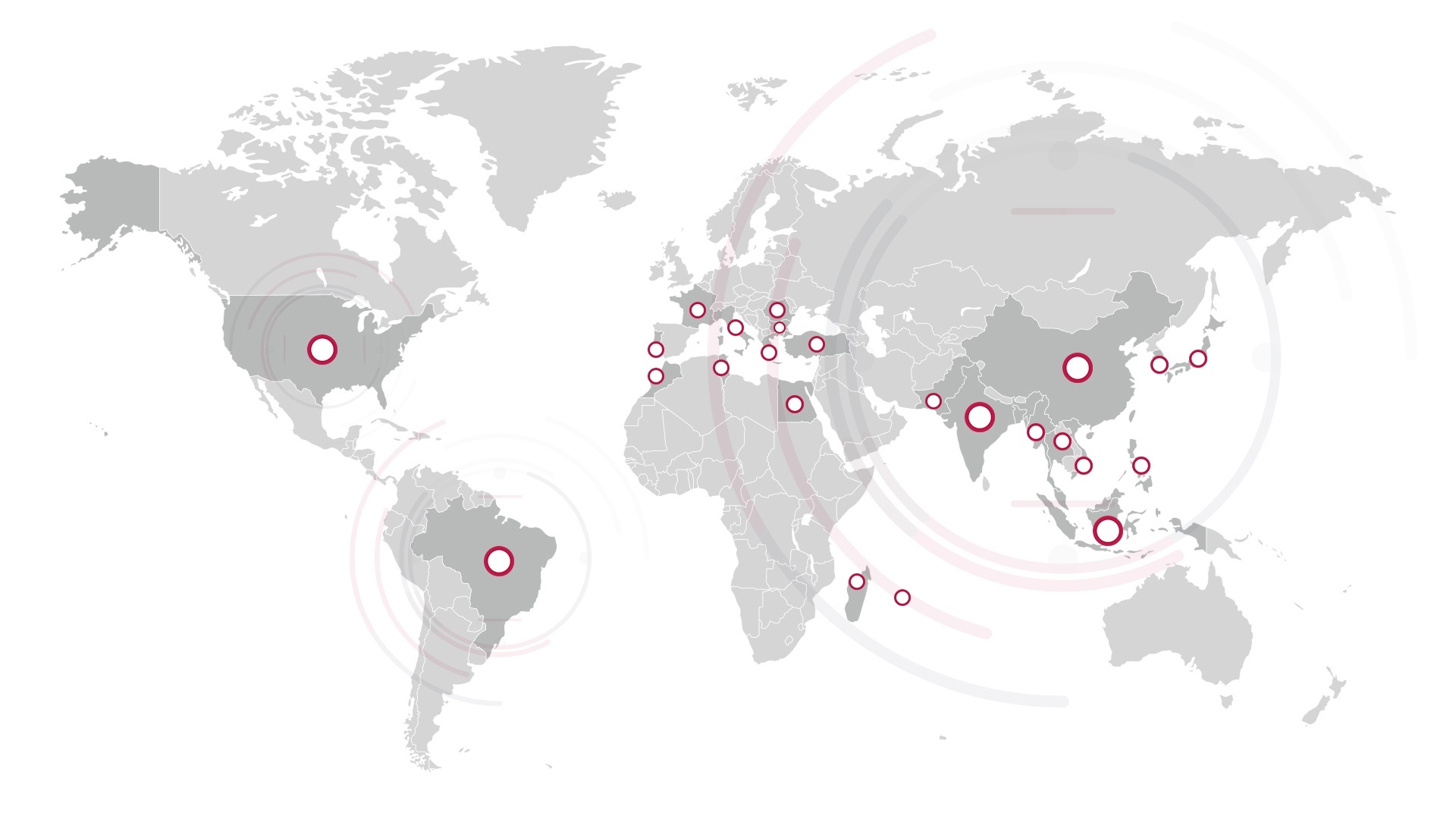Positioning your brand as a fashion leader in the hearts and minds of consumers goes hand in hand with keeping your finger on the pulse of the latest textile corporate social responsibility requirements!
You might wonder, who should actually be responsible for your brand’s CSR Compliance?
And the simple answer is: You
In the past, a brand portrayed three things: a marketing strategy, a shiny logo and a catchy slogan.
CSR made up a distant department that no one really cared about.
Today, a brand represents the totality of an organization’s work which includes its products & services, employees, innovations, responsibility to stakeholders and communications, and their corporate social responsibility initiatives.
CSR compliance is no longer isolated from the rest of the organization, but rather has become the heart of how brands operate and is everyone’s responsibility within the organization.
Take a closer look at CSR within the apparel industry and explore various ways in which your brand can comply with textile corporate social responsibility requirements towards becoming an ethical fashion brand.
CSR Compliance Enforced by Consumers
Your brand represents your customer, and you’re willing to give your customers exactly what they want if that means that it will drive sales, right?
If you determined through analysis of sales and buyer behaviour that your consumers wanted more of a specific product, you’d make sure the product is readily available to them.
But, what if you learned that your stakeholders were actually the ones who cared about the CSR compliance your brand?
Research shows that positive CSR initiatives are a direct result of the demands of consumers and employees.
Consumers are now more than ever insisting that their favorite brands, products and organisations become more CSR aware and proactive.
CSR practices are not only a vital concern for consumers but rather all your brand’s stakeholders. A company that makes corporate social responsibility a priority is attractive for investors as it is a key business strategy that leads to favourable results.
The Forum for Sustainable and Responsible Investment found that companies that engaged in various CSR activities saw an increase in their assets from roughly $1 trillion in 1997 to nearly $7 trillion today.
Surely, this statistic can’t be ignored.
Today, fashion brands have dedicated their time and money to practicing corporate social responsibility throughout the organisation and this information has been made available to their stakeholders.
You won’t often find that a fashion brand’s website doesn’t have a tab dedicated solely to CSR.
Going the Extra Mile
Now that we’ve established that CSR compliance is the brand’s responsibility, many critics argue that various brands enforce corporate social responsibility solely as a marketing strategy in order to increase their philanthropic status and to gain competitive advantage.
This results in only the bare minimum being done. It is important for global retailers to ensure that all aspects of CSR, such as safety, fair labor, sustainable fashion, adequate quality etc. continuously meet the standards throughout the production of goods.
It’s the brand’s responsibility to ensure that corporate social responsibility practices are implemented on all levels of the company’s operations.
An ethical fashion brand should start by making CSR part of the job description.
Leading by Example
There are many well established brands in the fashion industry that are doing it right and as a result, reap the benefits:
Mike Barry, head of Sustainable Business at Marks and Spencer initiated their Plan A in 2007 in which at least 180 environmental and ethical commitments were made to achieve the company’s goal of being the the ‘the world’s most sustainable major retailer.’
Their new Plan A 2020 was introduced in 2014 in which they’ve added 100 new revised and existing commitments geared at achieving the same goal. Plan A is available on their website for the public to see and focuses mainly on environmental and ethical issues, sourcing responsibly, reducing waste and helping communities.
Clothing giant Gap Inc used their resources to continuously address corporate social responsibility issues such as enforcing equal pay, better factory working conditions, reducing energy use and emissions, setting an average 80% waste diversion goal, addressing human trafficking issues in the apparel sector as well as ensuring the fair treatment of all animals by abiding by animal welfare policies.
Gap Inc has an entire website dedicated to their sustainability practices with follow up stories which is a great example of a brand that goes the extra mile!
Fashion brands need to take full responsibility of CSR and need to continuously create new innovative ways of combating sustainability issues.
This way, the brand will achieve new heights and always remain on par with the latest sustainability and fashion trends.
Who do you think should be responsible for CSR compliance in the fashion industry?






